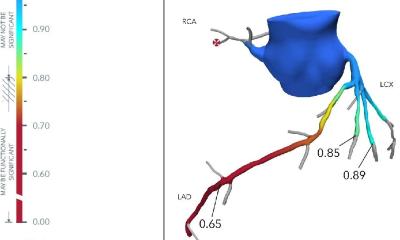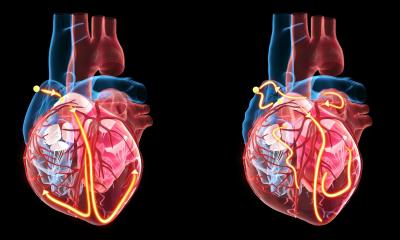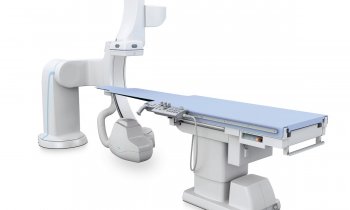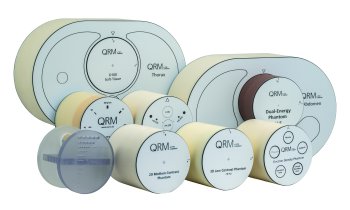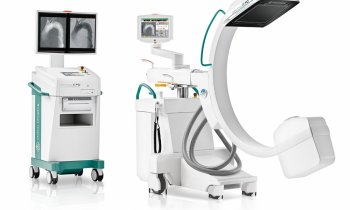Nutrition and health
Abdominal girth measurements expose cardiovascular risk
Cardiovascular diseases kill more than 12 million people worldwide every year and are the cause of death for more than 50% of all Europeans over the age of 65.
Severe obesity in particular, linked with an increased abdominal girth and waist measurement (abdominal obesity), increases the risk of cardiovascular disease. Numerous studies have confirmed that the fat cells within the abdominal tissue are very metabolically active and therefore particularly dangerous. They produce hormones and messengers that lead to the development of high blood pressure and metabolic problems such as Diabetes Type 2 and elevated blood lipids. These diseases are referred to with the collective term metabolic syndrome.
This is why it is important to assess the distribution of fat in a patient’s body along with his body mass index as an accurate measurement of the nutritional status. The Waist to Hip Ratio (WHR) indicates the ratio between waist and hip measurements. A WHR larger than 1.0 in men, or larger than 0.85 in women, respectively, increases the risk of suffering a heart attack or stroke.
The seca 203 body measurement tape with its inbuilt WHR calculator is an easy to use and reliable helper for the determination of the WHR.
The abdominal girth measurement on its own also has a high significance and is becoming increasingly important in the latest research. Measurements of more than 88cm in women and more than 102cm in men are considered very alarming.
As a matter of principle, affected patients are advised to reduce their body weight and therefore their abdominal girth measurements. The seca multifunctional scales with a maximum capacity of 300kg are well equipped for weighing obese patients. These scales can indicate even the smallest success when it comes to weight loss as they measure weight in 100g steps. This can help to motivate patients to continue on the right path and to improve their health.
30.04.2008




